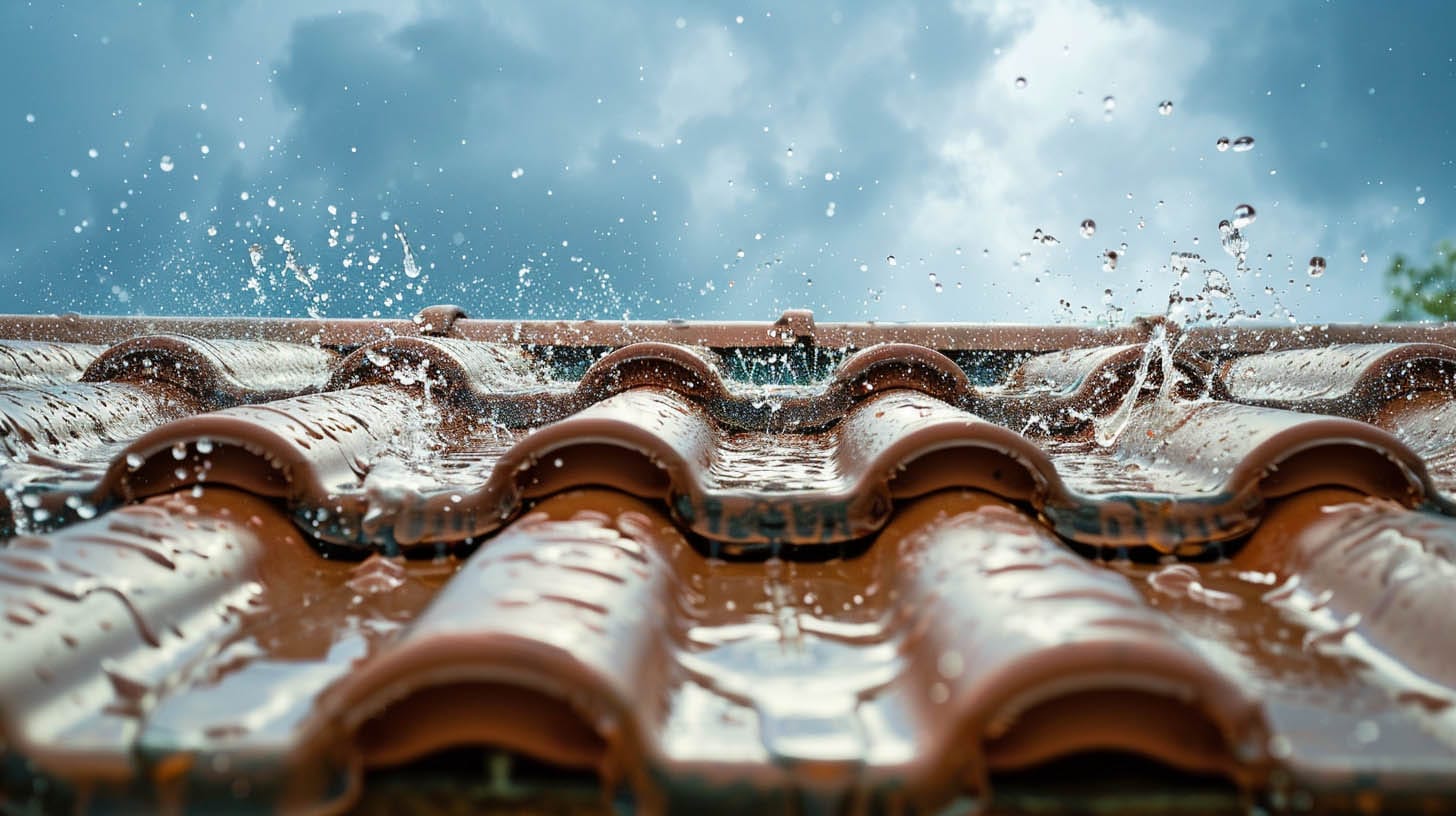
Extreme weather poses a significant threat to the structural integrity of homes, particularly the roof which serves as the primary shield against harsh elements. Understanding the steps to fortify your roof against severe weather not only enhances its durability but also ensures the safety and security of your home. This article delves into effective strategies for roof preparation to withstand extreme weather conditions.
Before any weather event, a thorough inspection of the roof is crucial. This process involves checking for missing, damaged, or loose shingles and ensuring all roofing materials are intact. Special attention should be paid to areas prone to leaks such as roof valleys, flashing around chimneys, skylights, and vents. Any signs of wear or damage require immediate repair to prevent water infiltration and structural damage.
Gutters and downspouts play a vital role in directing water away from the roof and foundation of the house. Clogged gutters can lead to water accumulation on the roof, increasing the risk of leaks and water damage. Regular cleaning, especially before the rainy season, ensures that water flows freely, reducing the likelihood of roof and foundation issues.
Trees surrounding the property can pose a risk to the roof during extreme weather conditions. Overhanging branches can scratch or gouge roofing materials, leading to significant damage. Trimming branches that hang over the roof minimizes the risk of roof damage from falling limbs and helps keep gutters clear of leaves and debris.
Loose objects in the yard, such as outdoor furniture, tools, and decorations, can become projectiles during high winds, potentially damaging the roof and other parts of the home. Securing or storing these items in a safe location before a storm can prevent unnecessary damage.
In areas prone to severe weather, reinforcing the roof with additional fasteners or using impact-resistant shingles can provide extra protection. This step is particularly important in regions susceptible to hurricanes or tornadoes, where wind speeds can cause significant damage to standard roofing materials.
A water barrier under the shingles provides an additional layer of protection against water infiltration. This is especially beneficial in preventing leaks from wind-driven rain, a common issue during hurricanes and severe storms. The barrier also protects the roof deck from moisture, which can lead to rot and mold growth.
Regular maintenance is key to ensuring the roof remains in optimal condition to withstand extreme weather. This includes promptly repairing minor damages, replacing worn or damaged shingles, and ensuring the roofing system is structurally sound. A well-maintained roof is more likely to survive severe weather events without significant damage.
While homeowners can perform basic roof inspections and maintenance, a professional inspection is recommended at least once a year. Roofing professionals can identify potential issues that may not be visible to the untrained eye, such as subtle signs of wear or damage that could compromise the roof’s integrity during extreme weather.
Teflon Roofing, located in Chambersburg PA, emphasizes the importance of preparing your roof for extreme weather to safeguard your home against potential damage. By following these steps, homeowners can enhance the resilience of their roofing systems, ensuring they remain secure and functional regardless of the weather conditions they face.
Chambersburg, PA 17201
Open: 24/7
Contact Us Today
Copyright © Teflon Roofing